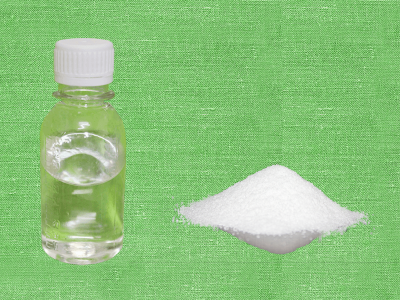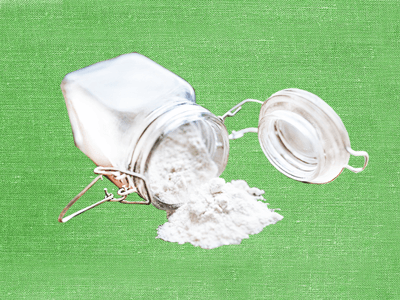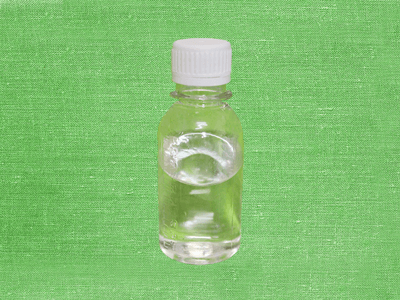Zinc lactate, as an organic zinc fortifier, has become a significant choice for nutritional fortification in dairy products due to its high bioavailability, safety, and excellent processing performance. Zinc comprises 22.2% of the mass of zinc lactate. During gastrointestinal absorption, it is unaffected by phytic acid, and its bioavailability is 1.3–1.5 times that of zinc gluconate.
Core Advantages of Zinc Lactate
1. High Absorption Efficiency:
Zinc lactate binds zinc ions with organic anions, avoiding competition for absorption channels with minerals like calcium and iron. This makes it particularly suitable for infants and young children with underdeveloped digestive systems and individuals with sensitive gastrointestinal tracts. Its excellent solubility (readily water-soluble) allows for uniform dispersion in liquid dairy products, preventing sedimentation.
2. Process Compatibility:
Zinc lactate exhibits high stability within the pH range of 5.0–7.0 and does not affect the colloidal stability of proteins during dairy processing. For example, adding zinc lactate (30–60 mg/kg, as zinc) during yogurt fermentation does not interfere with lactic acid bacteria activity and can improve product texture.
3. Synergistic Nutritional Fortification:
Zinc is an activator for over 300 human enzymes, playing critical roles in DNA synthesis, cell differentiation, and immune regulation. Adding zinc lactate to dairy products synergizes with components like milk calcium and lactoferrin, forming a "calcium-zinc-protein" nutritional matrix to promote children’s bone development and cognitive function.
Application Solutions for Specific Dairy Products
1. Liquid Milk and Yogurt:
- Fortified Milk: Targeted at children and pregnant women, the addition level (as zinc) is 30–60 mg/kg (GB 14880-2012). This alleviates zinc deficiency-related issues like taste disorders and reduced immunity. Manufacturers often combine zinc lactate with vitamin D₃ to enhance synergistic calcium-zinc absorption.
- Yogurt Application: Adding zinc lactate prior to fermentation is preferred, as the weakly acidic environment enhances zinc ion stability. Case studies show that after adding zinc lactate (45 mg/kg zinc) to a probiotic yogurt brand, zinc retention exceeded 95% during shelf life, with no metallic aftertaste.
2. Milk Powder and Infant Formula:
The addition level in infant formula is 25–70 mg/kg (as zinc), fulfilling 40–60% of the daily zinc intake requirement. Key technologies include:
- Spray Drying Optimization: Homogenizing the zinc lactate solution with the milk base before spray drying prevents localized crystallization.
- Nutritional Ratio Design: Combining with whey protein and OPO structured lipids reduces zinc’s catalytic effect on lipid oxidation.
3. Functional Dairy Innovations:
- Sports Recovery Beverages: Adding zinc lactate (5–10 mg/kg zinc) to whey protein drinks accelerates post-exercise muscle recovery. For example, an "Electrolyte High-Zinc Milk" product has become a customized solution for athletes.
- Oral Health Yogurt: Utilizing zinc lactate’s antibacterial properties (inhibiting Streptococcus mutans biofilm formation) to develop functional yogurt, with zinc addition levels at 22.5–45 mg/kg (GB 2760-2024).
Market Prospects and Innovation Directions
With increasing demand for functional dairy products, zinc lactate applications extend from nutritional supplementation to precision health:
- Targeted Demographics: Pregnant women’s milk powder (zinc addition: 50–90 mg/day), high-zinc/low-fat milk for the elderly.
- Technology Evolution: Improving bioavailability via nano-emulsified zinc lactate or developing encapsulation technologies for targeted intestinal release.
Zinc lactate, with its safety, efficacy, and high adaptability, has become a preferred choice for zinc fortification in dairy products. Honghui Technology optimizes addition processes and formula design based on product positioning and regulatory requirements. It also focuses on green manufacturing technologies to reduce environmental impact, driving continuous advancement of the dairy product value chain.








